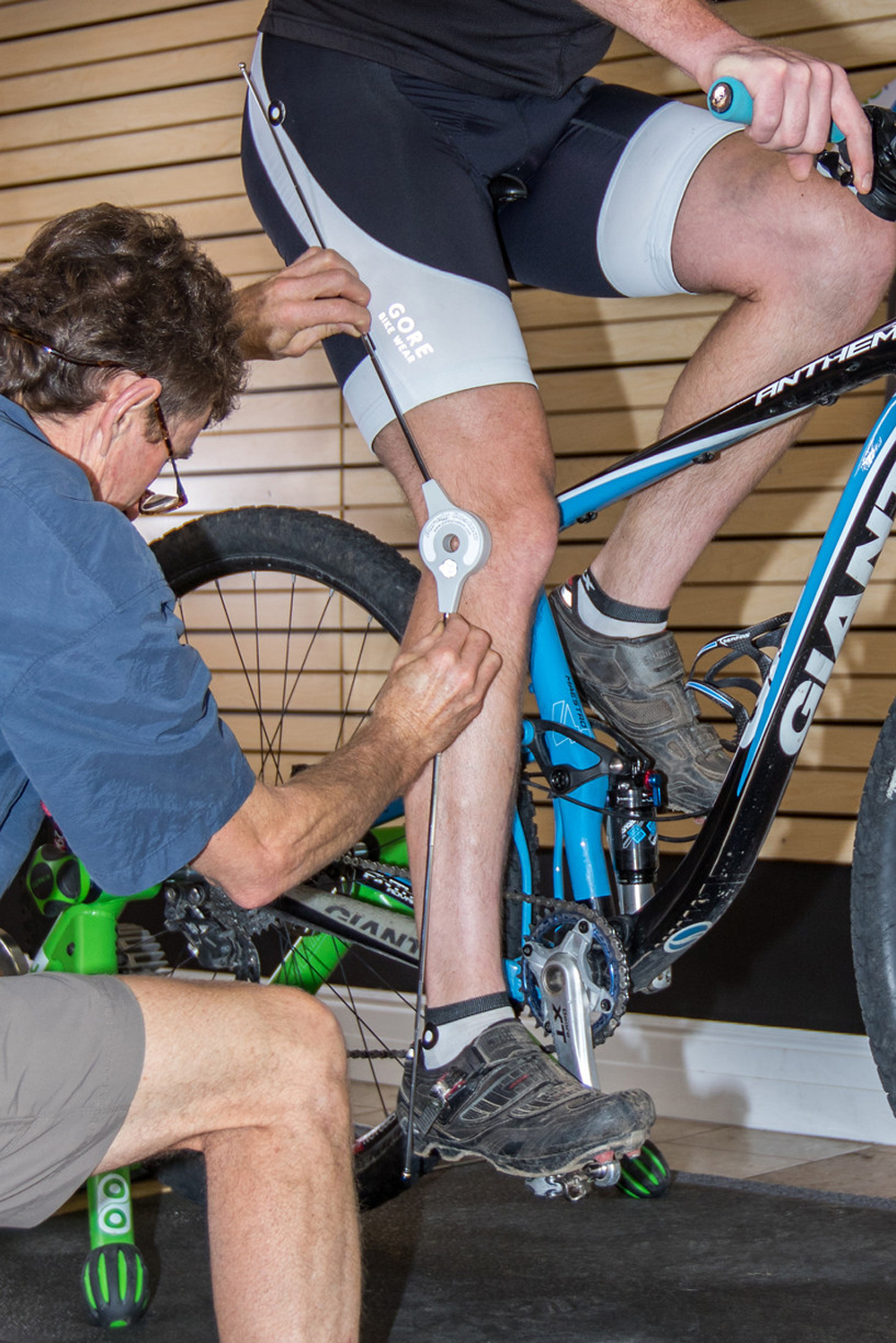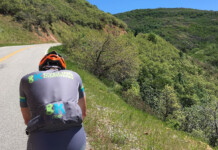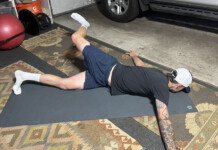Power. Cyclists generate it, measure it, train by it, and usually want more of it. Cyclists use it to sprint to finish lines and get up and over climbs. Some even use it to make smoothies for Downtown Farmers’ Market patrons, or convert cellular energy to stored electrical energy.
There are many factors that affect the ability to generate power on a bike and turn that into forward momentum. One of them is position, specifically saddle position. Muscle contractions (back, glutes and quads) activate the levers (leg and foot bones) that push on the pedals. If the levers aren’t suitably arranged, then it’s harder to effectively generate power, and there is risk of injury.
If a saddle is too low, then the pedal stroke is over before the muscles have been able to fully do their thing (contract or extend). Increasing saddle height increases power output, up to a point. And at that point, power output then starts to decrease.
With a saddle that is too high, the muscles run out of action to fling the pedals past the dead spots of bottom dead center and top dead center, which is important for maintaining momentum to set up for the next downward power phase.
There are other downsides to a saddle that is too high or too low. A saddle too low usually means the hip angle between the torso and the thigh at the top of the stroke is restricted, which further diminishes the ability to generate force. And when force is generated, some of it is transferred into the knee instead of down to the foot, and this is a common cause of anterior knee pain.

Your body doesn’t like a saddle too high either, and starts to compensate to protect the joints (hip, knee, ankle) from being pulled apart. The hamstrings get overstrained leading to pain behind the knee or up into the pelvis; the pelvis can start tilting down from side to side to provide extra reach to the pedals. That fires up the lower back muscles to help stabilize the pelvis, and further kinetic chain connections flare up, using energy and generating fatigue, not power.
So where is the sweet spot? For position-sensitive riders it is a spot, and a few mm can make a big difference. For many riders there is a range for saddle height that could vary as much a centimeter or two and still be suitable. The sweet spot of saddle height can be determined through a combination of measurement, observation and feedback. Measurement of leg and foot length can provide a starting point for a suitable height range. Measuring knee angles at different phases of the pedal stroke helps qualify safe and sound cycling bio-mechanics. Observing a riders pelvic stability, pedaling style, knee action and leg extension provides further input, and rider feedback about what feels good is also important. A cyclist gets used to a saddle at a certain height, and if that height is not ideal, the body adapts, up to a point. However long term joint health and power output are compromised. Moving a saddle to a “better” position can require some re-adaptation over a period of weeks to create a new normal.
Ask other riders to observe you riding, and offer their thoughts on your saddle height; try out some adjustments for yourself; or see a bike fitter for more in-depth assessment and adjustment. Gym workouts and protein shakes won’t help if you can’t get the power to the pedal!
John Higgins offers bike fitting services at BikeFitr in Salt Lake City. Contact john@bikefitr.com









[…] also can’t lower your saddle more than a few inches, so if you’re looking for a really low saddle position, a dropper post might not be the best option. Finally, dropper posts can be difficult to service […]
Comments are closed.